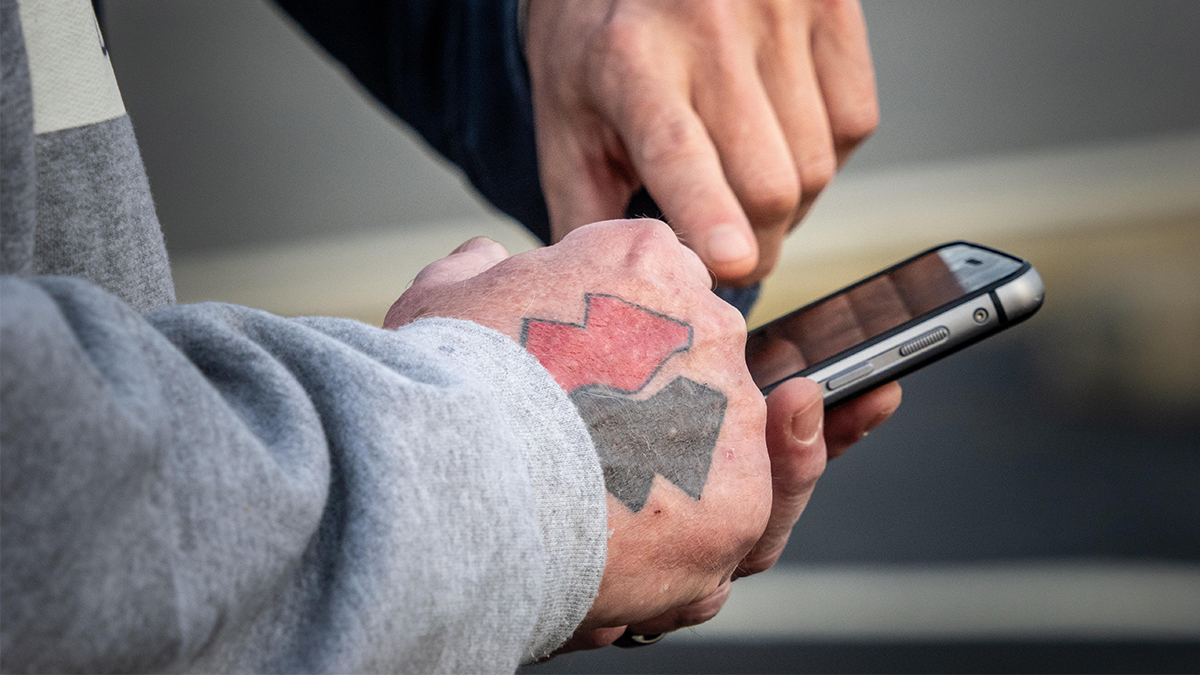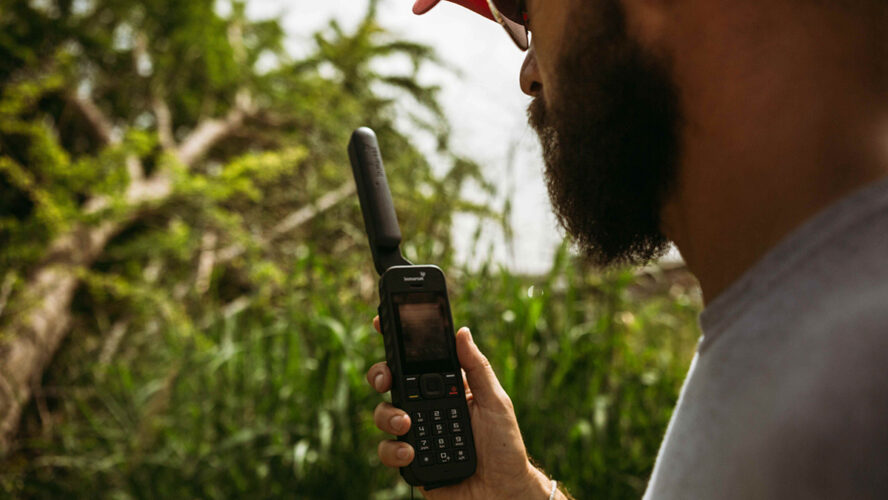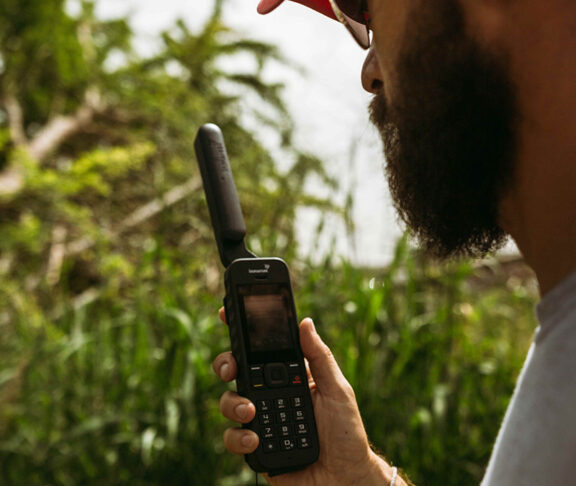From monitoring storms to helping family evacuate a disaster safely together, here’s advice on staying connected even when the grid is down, according to America’s top disaster relief nonprofit.
When it comes to a disaster, sometimes the greatest challenge can be staying in touch with loved ones — whether to help them navigate or escape the disaster, or to let others know you’re safe.
But because any disaster — whether it’s natural, like a hurricane, or a cybercrime — can take cell towers and electrical grids offline, it’s essential to have multiple means of staying connected and informed. Adam Martin, manager of Mission Support for disaster response nonprofit Team Rubicon, has the solutions:
“To stay connected and informed during a disaster, combine high and low tech,” the U.S. Air Force veteran said. “And build in redundancies.”
Tune in to the radio
NOAA weather radios broadcast emergency alerts and weather updates without needing internet or cell service, but having an old-school radio will also allow you to hear official emergency updates. Even better, invest in an inexpensive battery-powered or hand-crank emergency radio.
Go for satellite enabled comms, if you can
A satellite phone, or SAT phone, is great — Team Rubicon sends one along on every single international humanitarian aid deployment — and luckily, new tech has a solution. iPhones 14 or later and Android Google Pixels 10 or Samsung Galaxies S25 can also send free SOS messages to emergency services.
Program emergency contacts into everyone’s phones and keep written copies in wallets or purses
Whether it’s your kids’ nanny’s cell number, your emergency contacts, or your vet’s office number for getting an emergency pet script refilled, having a hard copy of your contacts can be a lifesaver should your device get destroyed in a disaster.
Choose SMS over calls

Text messages often work when voice calls don’t, as they require less bandwidth and can queue up until networks clear. If you’re trying to get emergency info out to friends and family, text before calling.
Use social media for disaster notifications and to check in
One of the best ways to stay apprised of disasters in your area is social media. Many government agencies, such as the National Weather Service (@NWS) post updates on their social media accounts during severe weather events, and most social media platforms offer an option to mark yourself in a crisis.
Take back the walkie-talkies
It may sound novel, but having a couple of walkie-talkies charged and ready allows you to stay in touch with family members as you navigate a disaster zone together or separately.
Use multiple tools to stay connected during a disaster
“The main thing is just building in as many redundancies as you possibly can,” Martin said. That means, for example, that not only does he have a hand-crank emergency radio in his own personal disaster kit, but he also has a phone that can send satellite texts.
Lastly, Martin reminds everyone to have backup power of some sort to keep the lines of communication open during a disaster, whether that’s in the form of extra batteries, fully charged power banks, or even some sort of solar charger.

